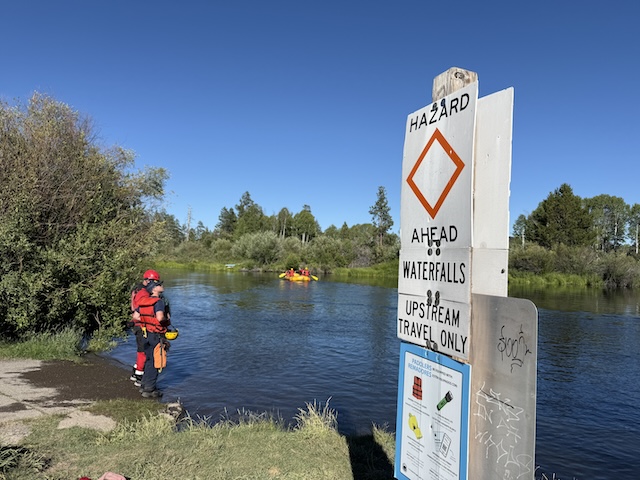Three-mile rule places limits on hunting preserves
Published 5:00 am Sunday, September 15, 2002
Bryce Vibbert and Darrell Ceciliani both envision a future where customers wander parts of their Jefferson County farm and rangeland looking for pheasants and chukars on hunting preserves.
These two men aren’t revolutionaries. The Oregon Department of Fish and Wildlife (ODFW) counts 64 licensed preserves statewide, two of them in Jefferson County. And competition isn’t an issue. But with fewer than three miles between the land each man wants to devote to game-bird hunting, only one preserve may come to life.
Trending
Since 2000, an Oregonian needs permission from both the state and the county to create a hunting preserve. The state regulates the size of preserves, when customers can hunt and the the species, such as pheasant and chukar, a type of partridge.
By law, the state must make sure the preserves aren’t within three miles of one another. ODFW officials don’t know why.
”We can’t see where there would be a biological issue,” said Eric Rickerson, upland game bird program manager. He said the state was researching the history of the rule. ODFW has previously denied preserve licenses because of the three-mile buffer.
But the three-mile rule isn’t the only problem, at least not yet. The county must examine the potential effect on other land uses before issuing a conditional use permit.
In June, the Jefferson County planning commission preliminarily approved Vibbert’s conditional use permit for a preserve on his land.
Ceciliani appealed, arguing Vibbert’s application failed to explain how the preserve could affect surrounding farmland.
Trending
In July, the planning commission denied Ceciliani a similar permit, saying his preserve could interfere with nearby farms; his land is suitable for farm crops and his preserve would not be compatible with existing land use. Though the three-mile rule was not the basis of the denial, county planning staff raised it as a concern, and it could come up again at the state level if he eventually achieves county approval.
Ceciliani also appealed the July decision, and in the the coming weeks, the Jefferson County Commission will consider the two appeals.
Despite their regulatory battles, both Vibbert and Ceciliani talk about hunting preserves as another way to make use of the land and earn some money.
In the past year, Vibbert, who has been both a farmer and a rancher, has worked hard to create a more bird-friendly habitat on about 4,200 acres he owns and leases. He reconstructed four ponds that had filled in with silt over the years and planted cereal grains for coverage and food for birds.
”I’ve always been interested in upland game,” Vibbert said.
He said he would have made the changes even without a preserve on his land. He is a believer in sustainable agricultural practices, he said.
Before his cousin wanted to create a game preserve, Vibbert estimates he raised 2,000 to 3,000 pheasants over the years and released them.
He doesn’t hunt birds. He enjoys seeing them out on his property each morning, but he was looking for some other source of income to make use of the land and help pay the taxes.
Ceciliani, a rancher, said he’s thought about creating a hunting preserve for years. ”We’re just trying to create an opportunity to stay on the ranch,” he said, ”and create some extra revenues to the ranch.”
Ceciliani already markets portions of his 17,000-acre ranch as a private, small-scale tourist destination for fishing, hunting and other recreational uses.
If he ran the hunting preserve, he would reduce his cattle numbers and focus on management of wildlife.
”Contrary to people’s beliefs, we’re caretakers of it. We want it to be better next year. I feel like it’s my obligation to take care and maintain the land,” he said.
”It’ll still be here when I’m long gone.”
Ceciliani doesn’t object to the preserve on Vibbert’s property, he said. ”The Vibberts and I have been good neighbors for a long time.”
A preserve on the Vibbert property would provide more opportunity for folks to hunt, said Marshall, Vibbert’s cousin. When Marshall was growing up in Metolius, he said, he could walk out of his house and hunt pheasants. But pheasant numbers have dwindled, so much that in the mid-1990s state wildlife officials imported thousands of Sichuans pheasants from Michigan to boost Oregon ringneck pheasant populations.
”We’re not taking away from nature,” Marshall said. Creating a preserve would mean releasing more birds. It would put more birds into the sky.
”If there’s no wild bird hunting left, where are people going to go?” Marshall asked.
Julia Lyon can be
reached at 541-504-2336
or jlyon@bendbulletin.com.








